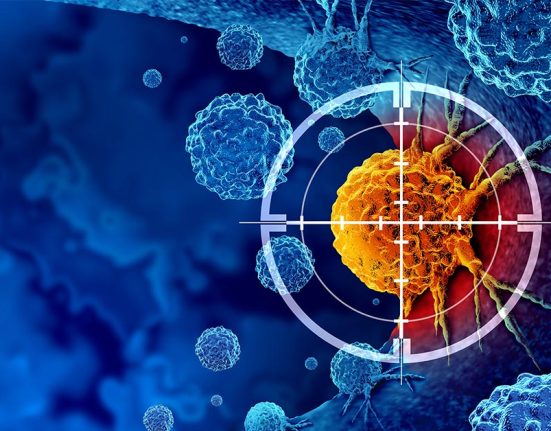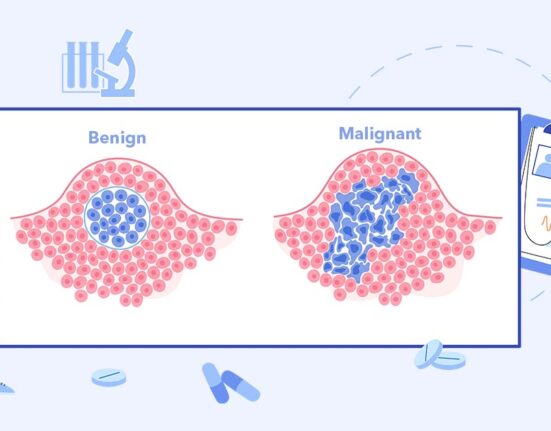Malignant Neoplasm refers to cancerous tumours that are characterised by the uncontrolled growth and spread of abnormal cells in the body. Malignant neoplasm treatment is a complex process that requires a multidisciplinary approach. It involves various medical specialties and treatment modalities. From surgery to radiation therapy, chemotherapy, targeted therapy, and immunotherapy, this article delves into the diverse treatments available to cure malignant neoplasms.
Surgery
Surgery is one of the most fundamental and established treatments for malignant neoplasms. It involves the removal of the cancerous tissue and, in some cases, nearby lymph nodes to prevent the spread of cancer cells. Surgery varies based on the tumour’s size, location, and stage.
Radiation Therapy
Radiation therapy uses high doses of ionising radiation to target and destroy cancer cells. This treatment damages the DNA within the cells, inhibiting their ability to replicate and grow. It is frequently used in conjunction with surgery or as a standalone treatment for localised tumours that cannot be removed surgically.
Chemotherapy
Chemotherapy involves the use of powerful drugs to kill or inhibit the growth of cancer cells. These drugs can be administered orally, intravenously, or through other methods. While chemotherapy targets cancer cells throughout the body, it can also affect healthy cells with high growth rates, leading to side effects such as hair loss, nausea, and fatigue. Despite these challenges, chemotherapy remains a cornerstone in the treatment of many malignant neoplasms, particularly those that have metastasized.
Targeted Therapy
Targeted therapy targets specific molecules or pathways involved in the growth and spread of cancer cells. Unlike chemotherapy, which affects a wide range of cells, targeted therapies aim to minimise damage to normal cells, reducing side effects. Targeted therapy is often used in combination with other treatments, such as chemotherapy or radiation therapy, depending on the specific cancer type and stage.
Immunotherapy
Immunotherapy harnesses the body’s immune system to recognise and attack cancer cells. This approach includes immune checkpoint inhibitors, cancer vaccines, and adoptive T-cell therapies.
Side Effects of Malignant Neoplasm Treatments
Common side effects of malignant neoplasm treatments include:
- Fatigue: Some patients experience fatigue due to the impact of treatments on both cancerous and healthy cells.
- Nausea and Vomiting: Chemotherapy, and in some cases radiation therapy, can lead to nausea and vomiting.
- Hair Loss: Chemotherapy often causes hair loss, which can have emotional and psychological effects on patients. According to Mayo Clinic, radiation therapy may also cause hair loss. However, it only affects the specific area where treatment is concentrated.
- Immunosuppression: Some treatments, particularly chemotherapy, can weaken the immune system, making patients more susceptible to infections.
- Pain: Surgical procedures and certain treatments may cause pain and discomfort.
In conclusion, there are several treatments available for malignant neoplasm. These treatments may be combined depending on the personal advice of medical professionals to their patients. It is also essential to recognise that the treatments for malignant neoplasm may come with potential side effects.
Protect against cancer, cardiovascular disease, and other chronic diseases with regular health screening. Compare and shop for health screenings from Singapore and regional healthcare providers at a single convenient platform - shop.health365.sg
This article is informative only and is not intended to be a substitute for professional medical advice, diagnosis, or treatment, and should never be relied upon for specific medical advice.













